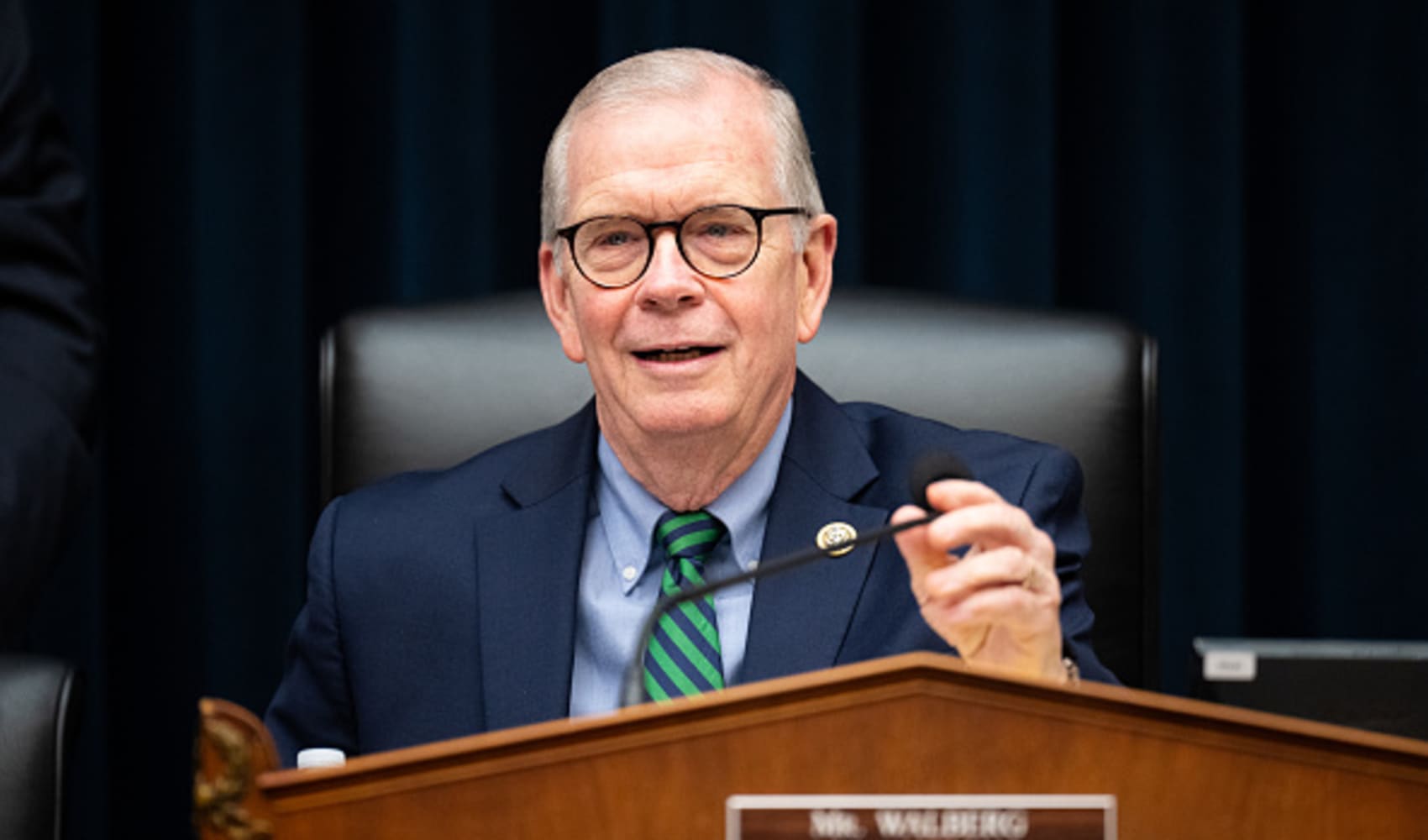Student Loan Shock: $40K Debt Awaits College Grads
Freshman Debt Crisis: $40,000 in Student Loans Await Graduates
The Looming Student Debt Shadow
College. The hallowed halls of academia, the promise of a brighter future, the all-night study sessions fueled by questionable coffee… and the looming specter of student loan debt. While many incoming freshmen are dreaming of their future careers, a recent report suggests a harsh reality: they could be facing an average of $40,000 in student debt by the time they graduate. Ouch! That's a down payment on a house in some parts of the country! This debt burden can significantly impact their financial lives for years to come.
The Trump Administration's Stance: A Double-Edged Sword
Adding to the anxiety, the Trump administration is cracking down on federal student loan borrowers who have fallen behind on their bills. Imagine starting your college journey knowing that the safety net is being tightened. It’s like learning to swim while someone is slowly draining the pool. This creates a climate of fear and uncertainty, especially for students from low-income backgrounds.
Restarting Loan Collections: A Closer Look
The U.S. Department of Education is taking aggressive steps to restart collections on defaulted federal student loans. This means borrowers who were struggling before might face even more pressure. It’s a tough situation, and it highlights the importance of understanding your repayment options *before* you even take out a loan.
The Numbers Game: How Many Are Affected?
Currently, around 42 million Americans hold federal student loans, and more than 1 million high school graduates will take out new education debt in the coming months, according to higher education expert Mark Kantrowitz. That's a *lot* of people wrestling with student loan debt. It's practically the population of some small countries!
$40,000 and Beyond: Understanding the Cost
The average $40,000 debt figure represents a combination of federal and private loans used to fund a bachelor's degree. But remember, that's just an *average*. Some students will borrow much more, especially if they attend private universities or pursue graduate degrees. Think of it like this: $40,000 is the starting line, but the race can get much longer and more expensive.
Why So High? The Contributing Factors
Several factors contribute to the ever-increasing student loan debt. Let's unpack them:
- Rising Tuition Costs: College tuition has skyrocketed in recent decades, far outpacing inflation and wage growth.
- Decreasing State Funding: Many states have reduced funding for public universities, leading to higher tuition rates.
- Limited Financial Aid: While financial aid is available, it often doesn't cover the full cost of attendance, forcing students to take out loans.
- Lack of Financial Literacy: Many students lack a solid understanding of personal finance and the implications of student loan debt.
Federal vs. Private Loans: Know the Difference
Understanding the difference between federal and private loans is crucial. Federal loans generally offer more flexible repayment options and protections.
Federal Loan Advantages:
- Income-Driven Repayment Plans
- Deferment and Forbearance Options
- Loan Forgiveness Programs (e.g., Public Service Loan Forgiveness)
Private Loan Considerations:
- Often higher interest rates
- Fewer repayment options
- Less protection in case of financial hardship
Strategies for Minimizing Student Loan Debt
Okay, so the news isn't great, but there *are* steps you can take to minimize your student loan debt:
- Choose a More Affordable College: Consider community colleges or in-state public universities.
- Apply for Scholarships and Grants: Every dollar you receive in free money is a dollar you don't have to borrow.
- Work Part-Time: Even a part-time job can help offset some of your expenses.
- Live Frugally: Cut back on unnecessary spending and create a budget.
- Take AP/IB Classes in High School: Earning college credit while in high school can shorten your time in college.
The Impact of Student Debt on the Economy
Student loan debt isn't just a personal problem; it has broader economic implications. High debt burdens can delay or prevent young adults from buying homes, starting families, and investing in their futures. This can slow down economic growth and create a cycle of financial hardship.
The Psychological Toll of Student Debt
Beyond the financial burden, student loan debt can also take a toll on mental health. The stress and anxiety associated with debt can lead to depression, anxiety, and other mental health issues. It’s like having a dark cloud constantly hanging over you.
Refinancing: A Potential Solution (But Not for Everyone)
Refinancing your student loans can be a smart move if you qualify for a lower interest rate. However, keep in mind that refinancing federal loans into private loans means you'll lose access to federal benefits like income-driven repayment plans. It’s like trading your Swiss Army knife for a regular knife – you might get a sharper blade, but you lose all the other handy tools.
Student Loan Forgiveness: A Distant Dream?
Many borrowers dream of student loan forgiveness, but it's important to understand that forgiveness programs have specific eligibility requirements and aren't guaranteed. Don't rely solely on the hope of forgiveness; focus on managing your debt responsibly.
The Future of Student Loans: What's Next?
The student loan crisis is a complex issue with no easy solutions. Policymakers are exploring various reforms, including increasing funding for higher education, simplifying the financial aid process, and improving student loan counseling. But, will they actually make a difference? Only time will tell.
Financial Literacy: The Key to Empowerment
One of the most important steps students can take is to improve their financial literacy. Understanding personal finance, budgeting, and debt management is essential for making informed decisions about student loans. Knowledge is power, and in this case, it can save you a lot of money and stress.
Conclusion: Navigating the Debt Landscape
The prospect of graduating with $40,000 in student loan debt is daunting. However, by understanding the factors contributing to this debt, exploring strategies for minimizing borrowing, and prioritizing financial literacy, incoming college freshmen can navigate the debt landscape and build a brighter financial future. Remember, informed decisions are your best defense against the student loan monster. It's all about planning, preparation, and a healthy dose of financial realism.
Frequently Asked Questions
Here are some frequently asked questions about student loan debt:
- Q: How can I find out how much my student loans are?
A: You can access your federal student loan information on the National Student Loan Data System (NSLDS) website. For private loans, contact your lender directly.
- Q: What are income-driven repayment plans?
A: Income-driven repayment plans cap your monthly student loan payments based on your income and family size. These plans can significantly lower your payments, especially if you have a low income.
- Q: What is the Public Service Loan Forgiveness (PSLF) program?
A: The PSLF program forgives the remaining balance on your federal student loans after you've made 120 qualifying monthly payments while working full-time for a qualifying public service employer.
- Q: Should I consolidate my student loans?
A: Consolidation can simplify your loan payments, but it may also extend your repayment term and increase the total interest you pay. Weigh the pros and cons carefully before consolidating.
- Q: What happens if I default on my student loans?
A: Defaulting on student loans can have serious consequences, including wage garnishment, tax refund offset, and damage to your credit score. Contact your loan servicer immediately if you're struggling to make payments.







